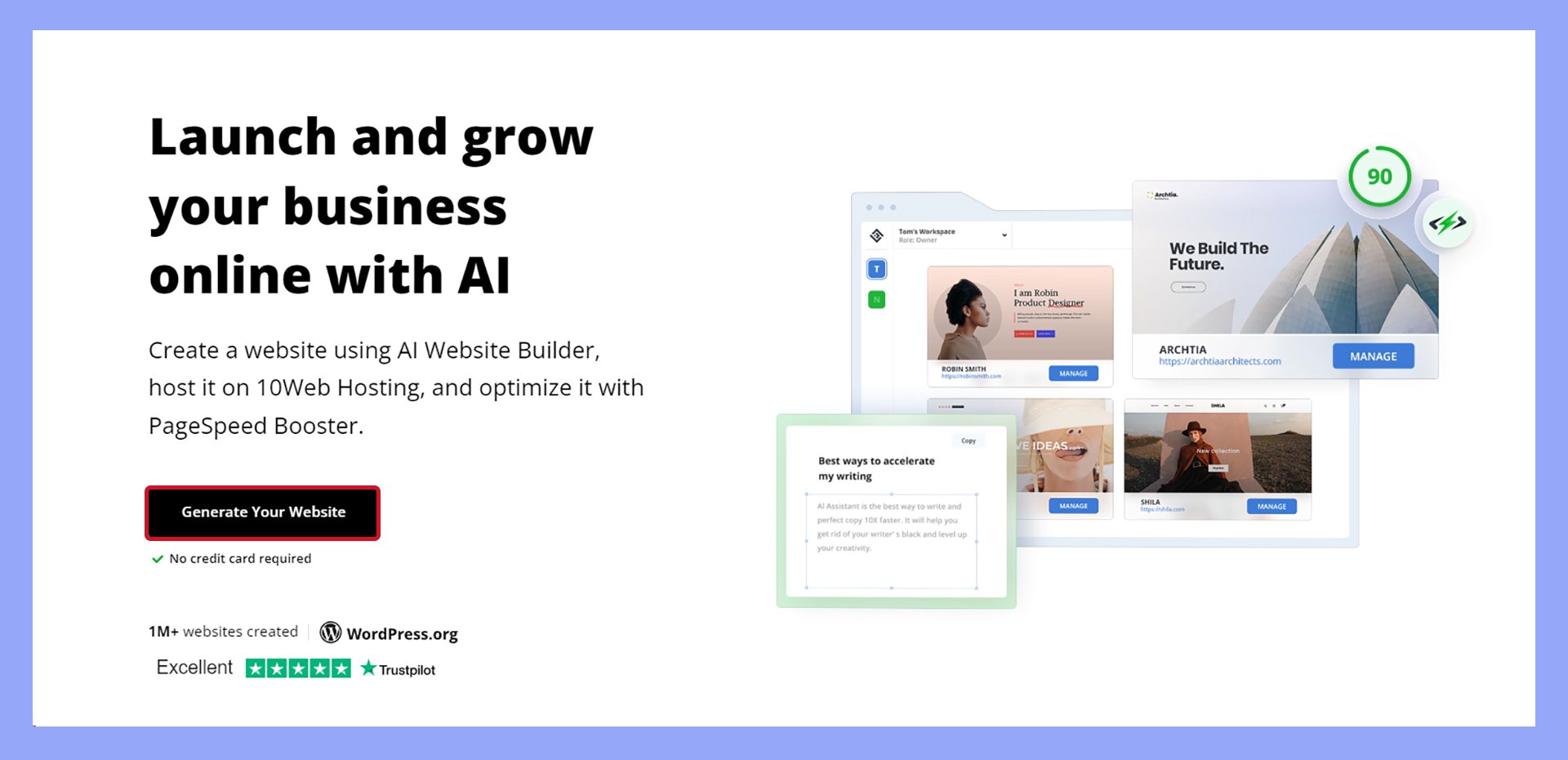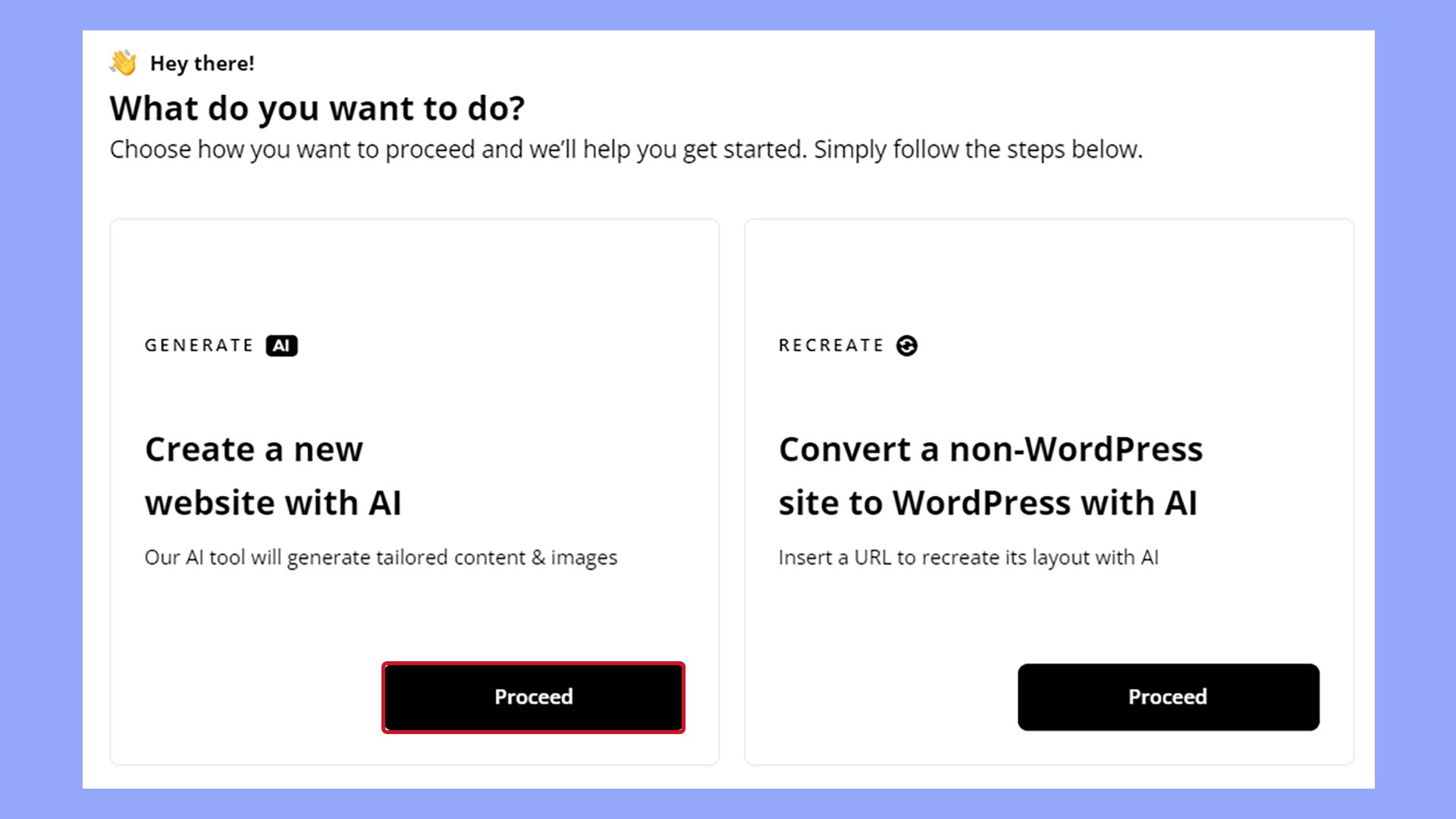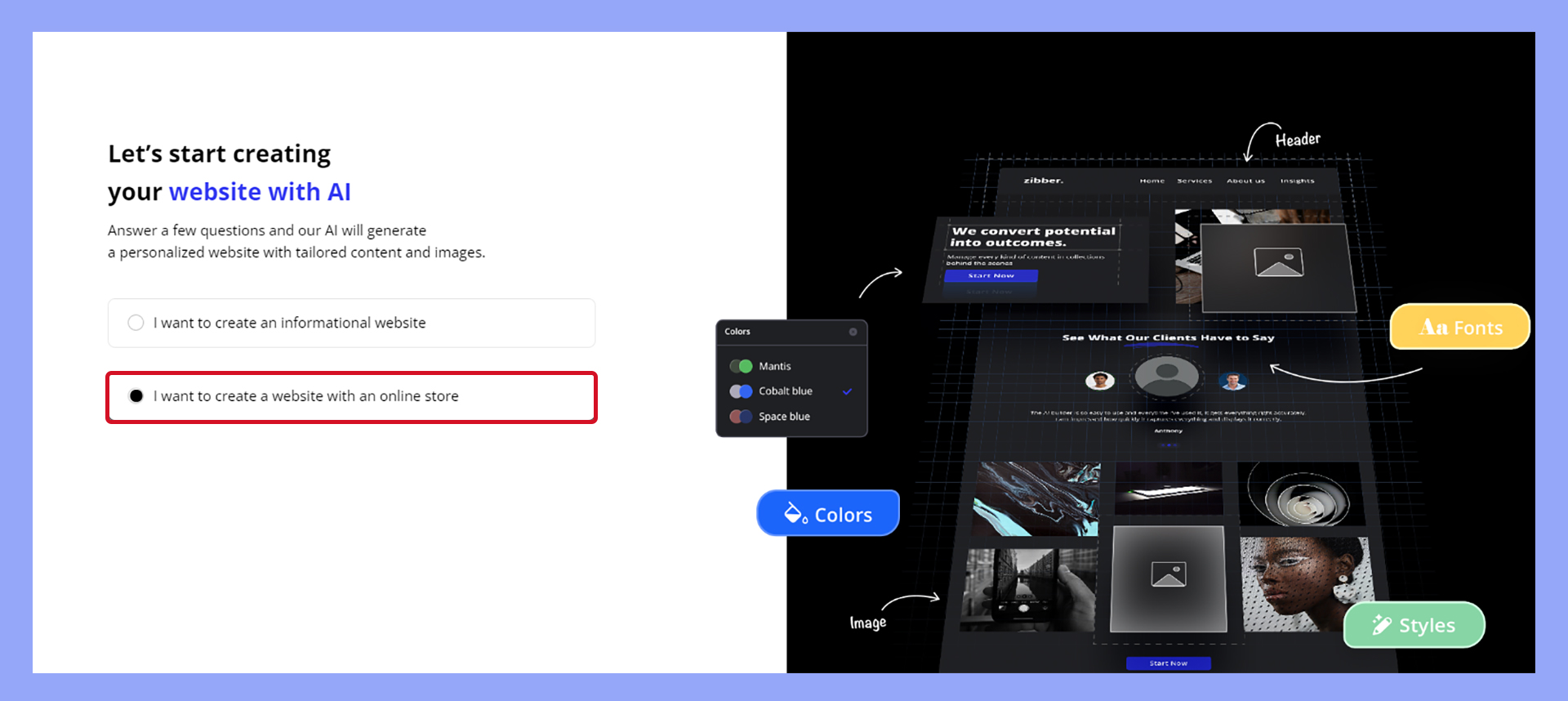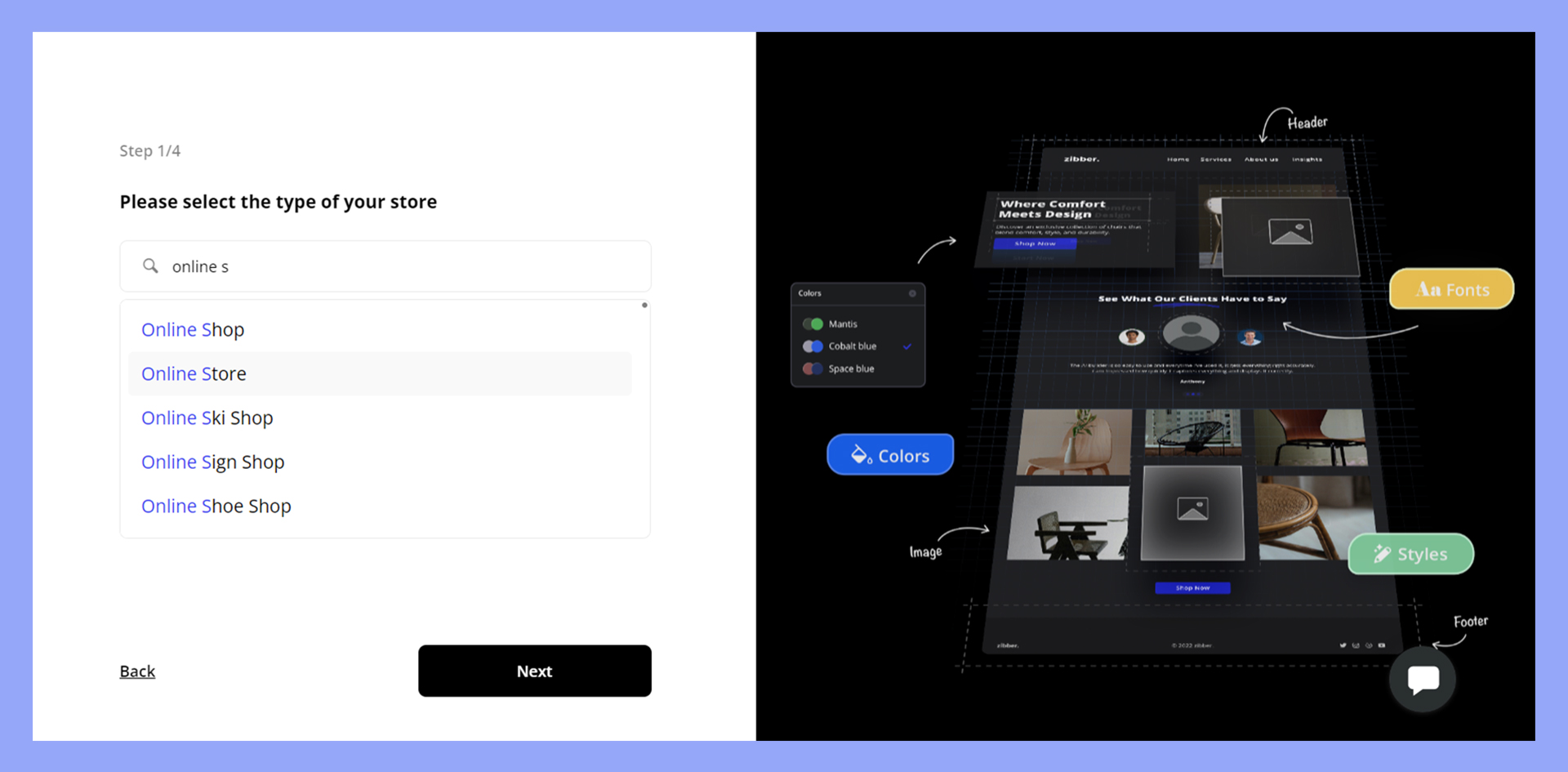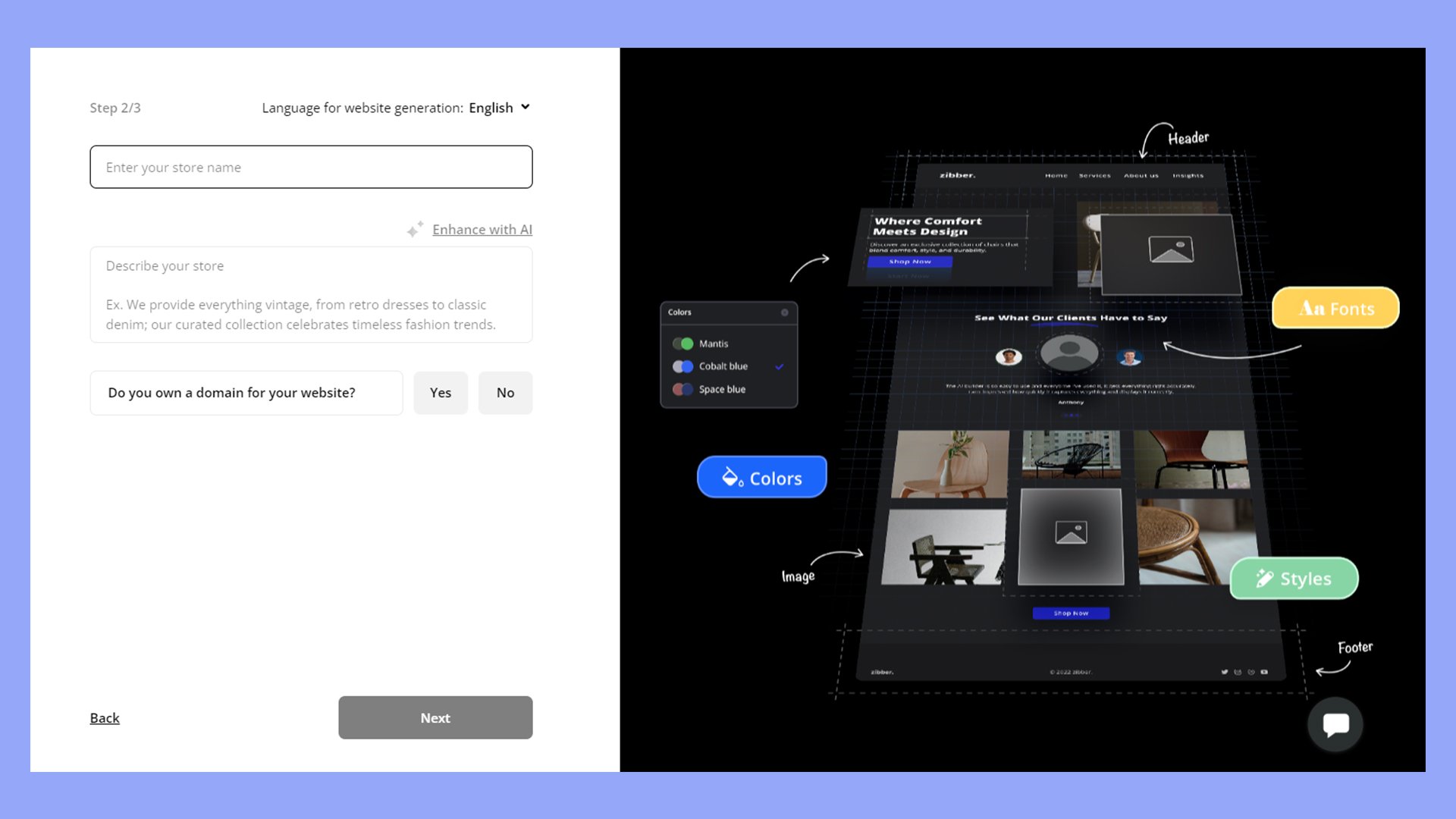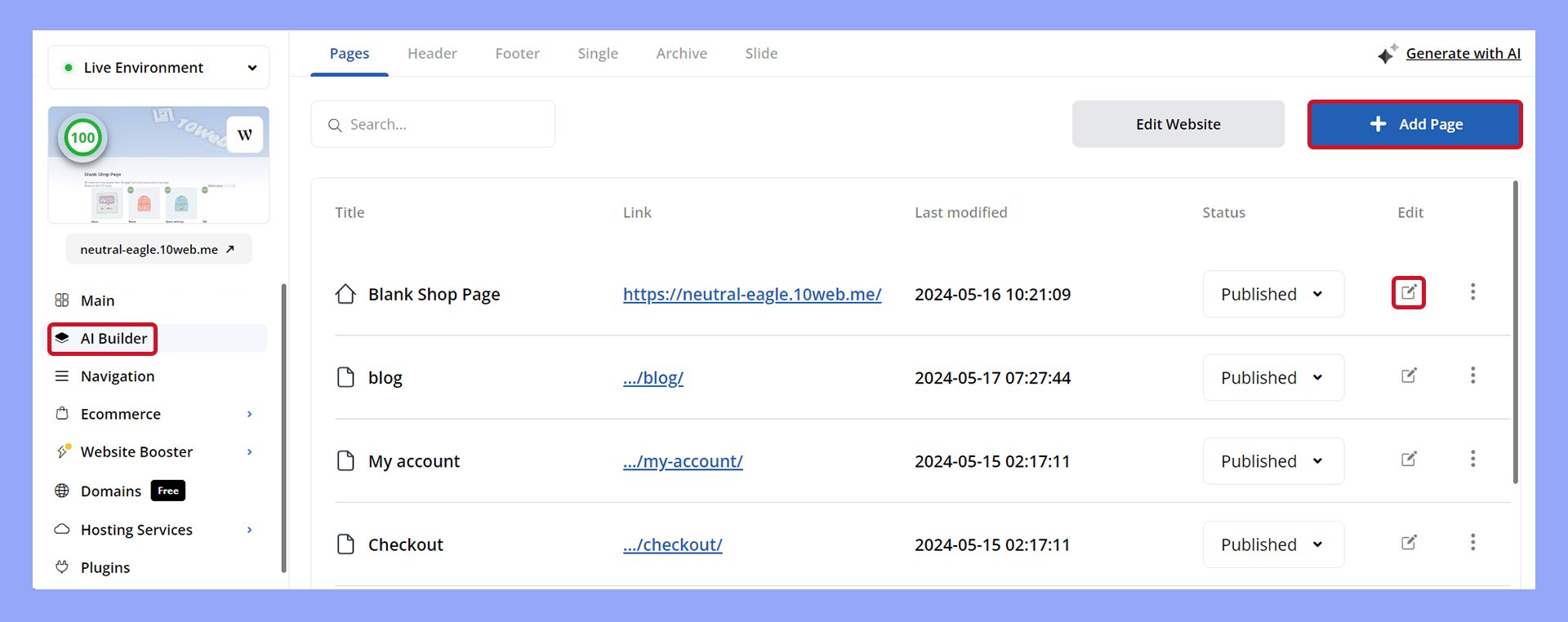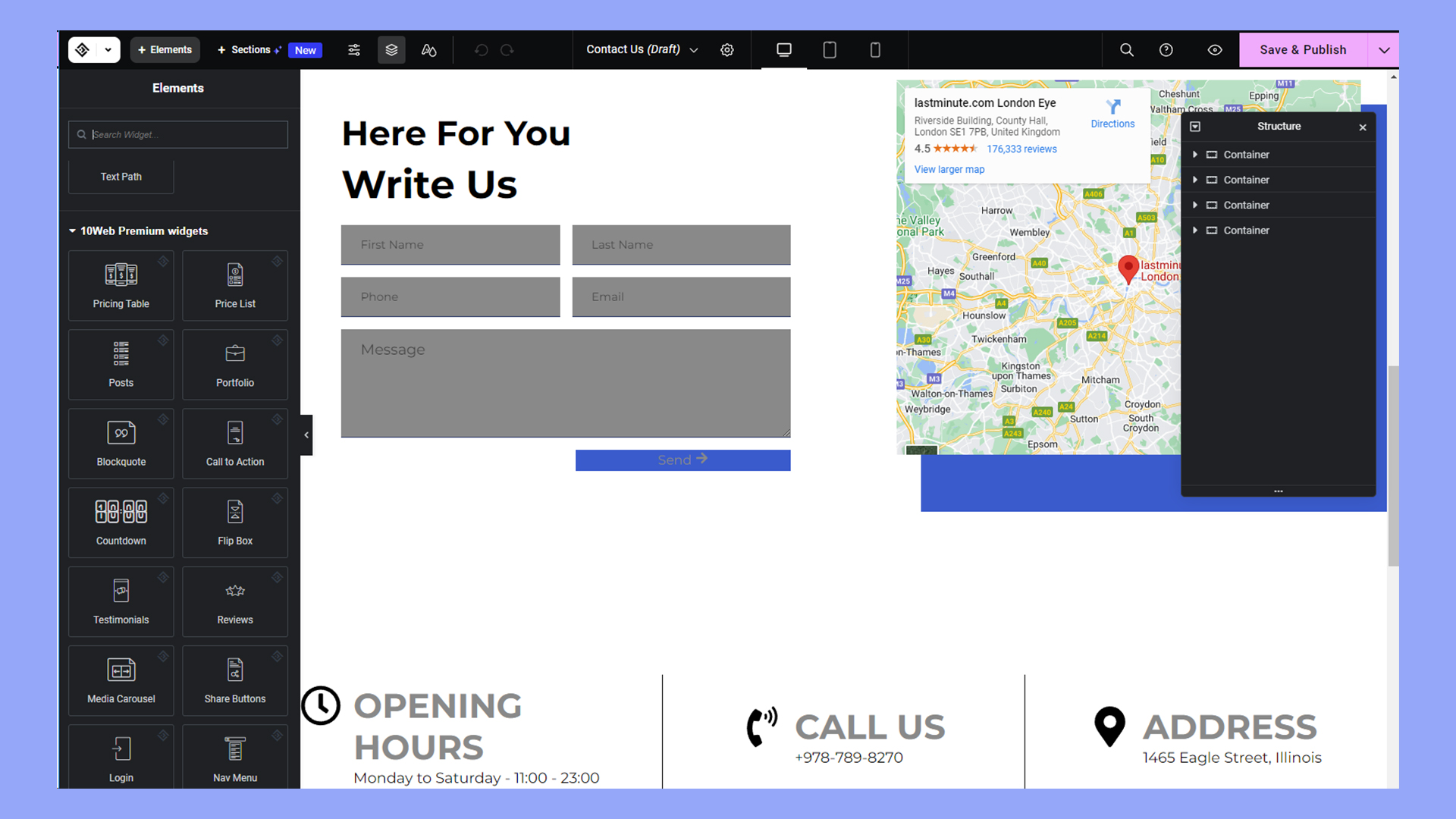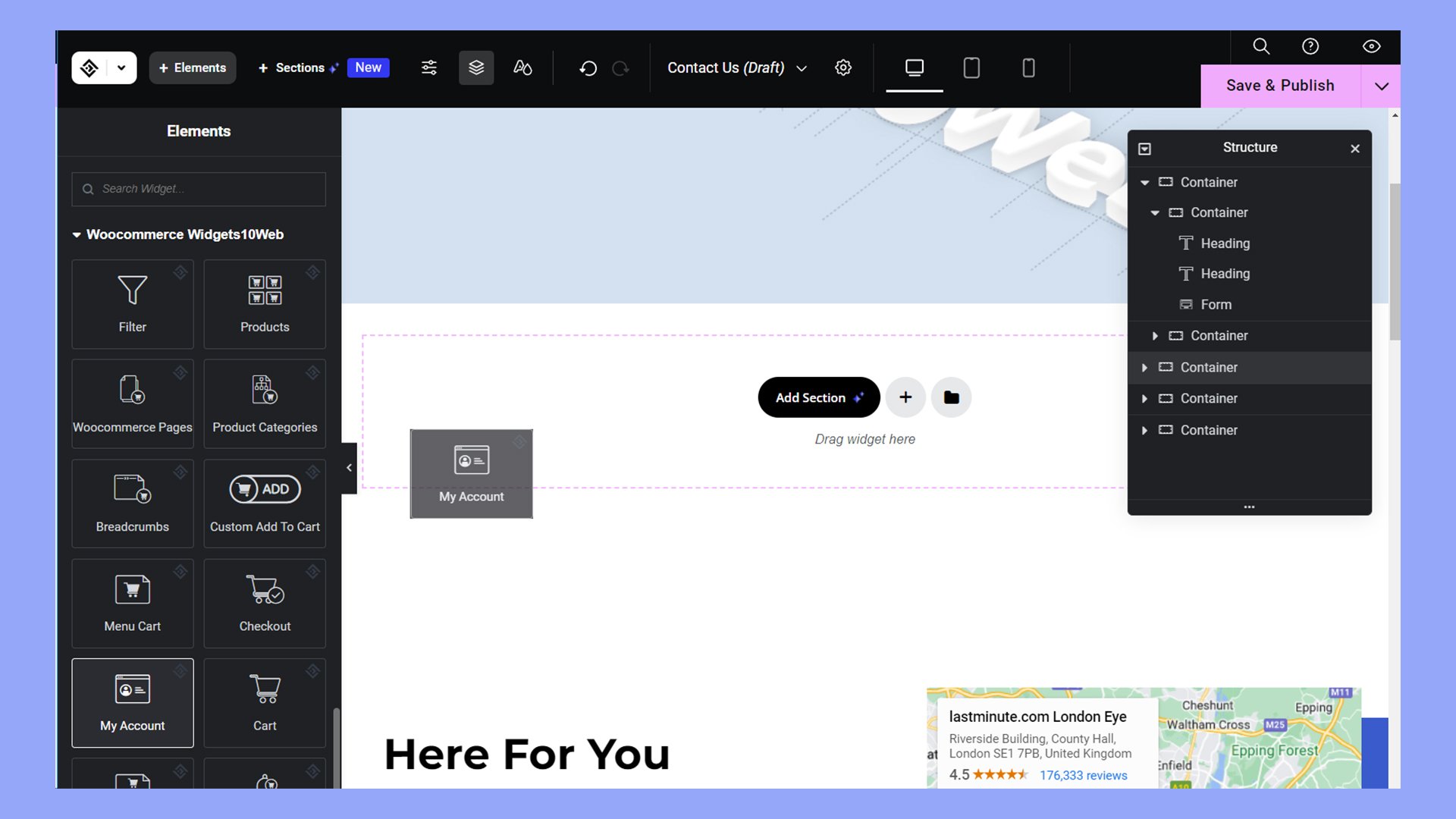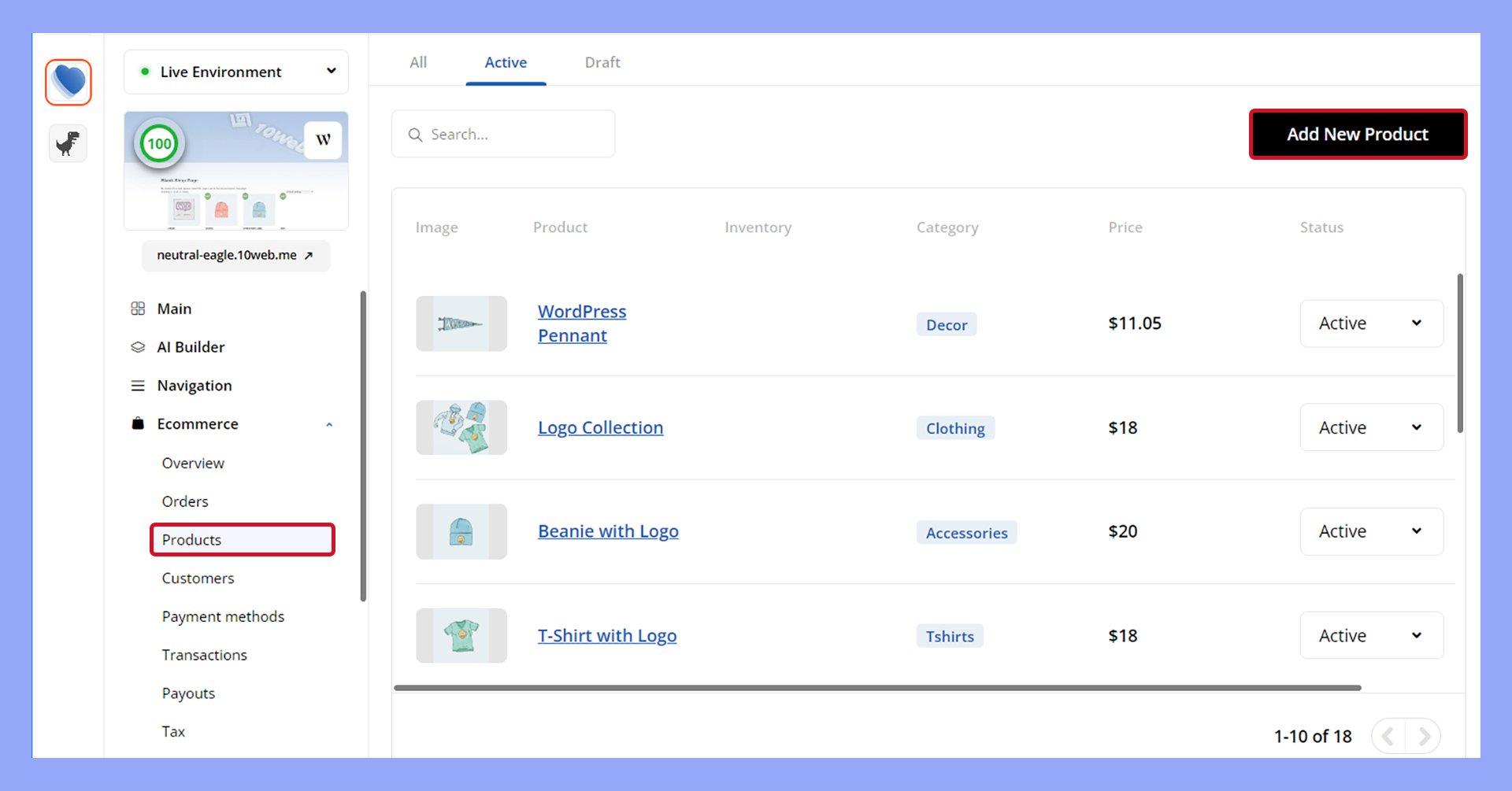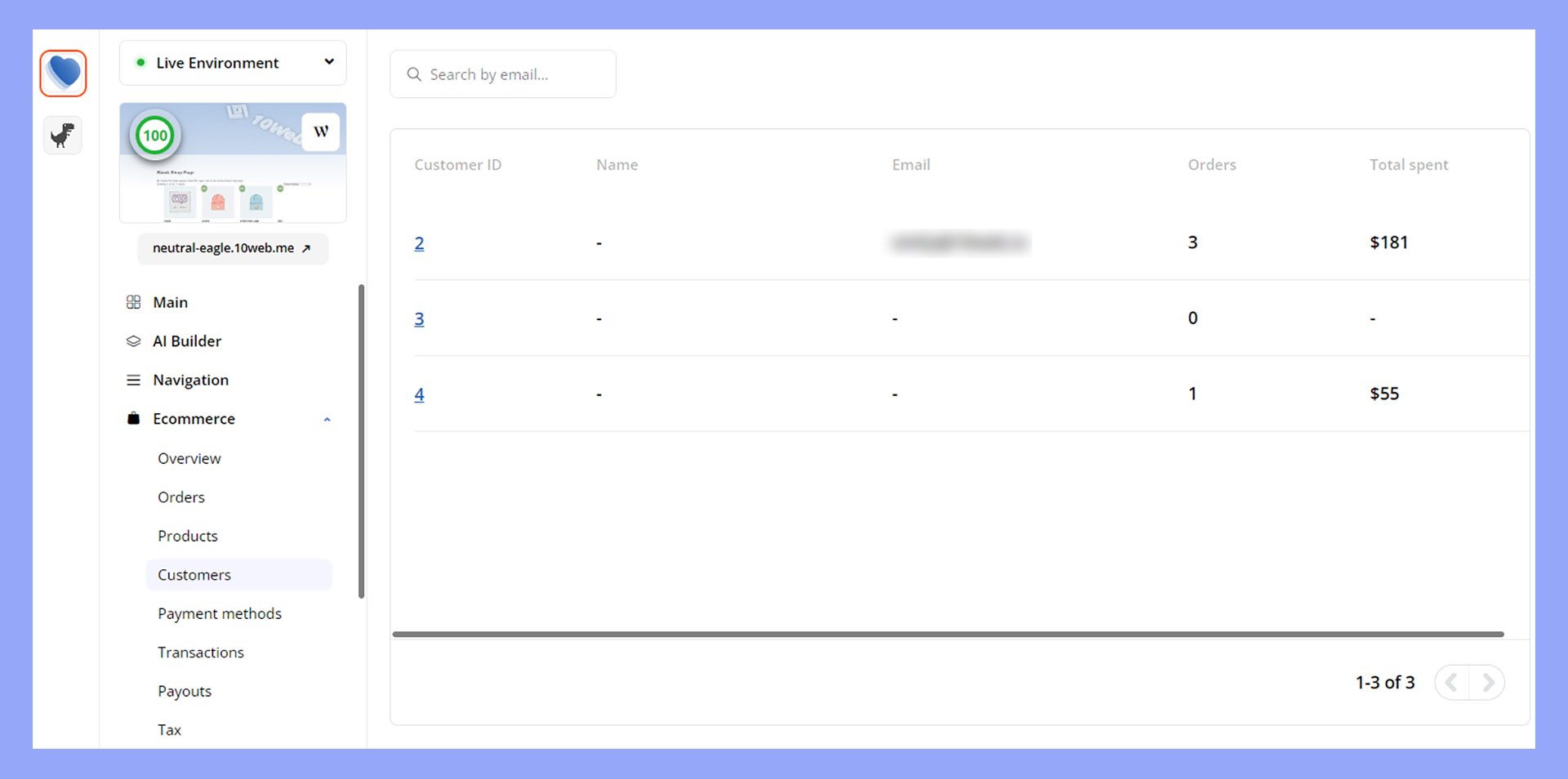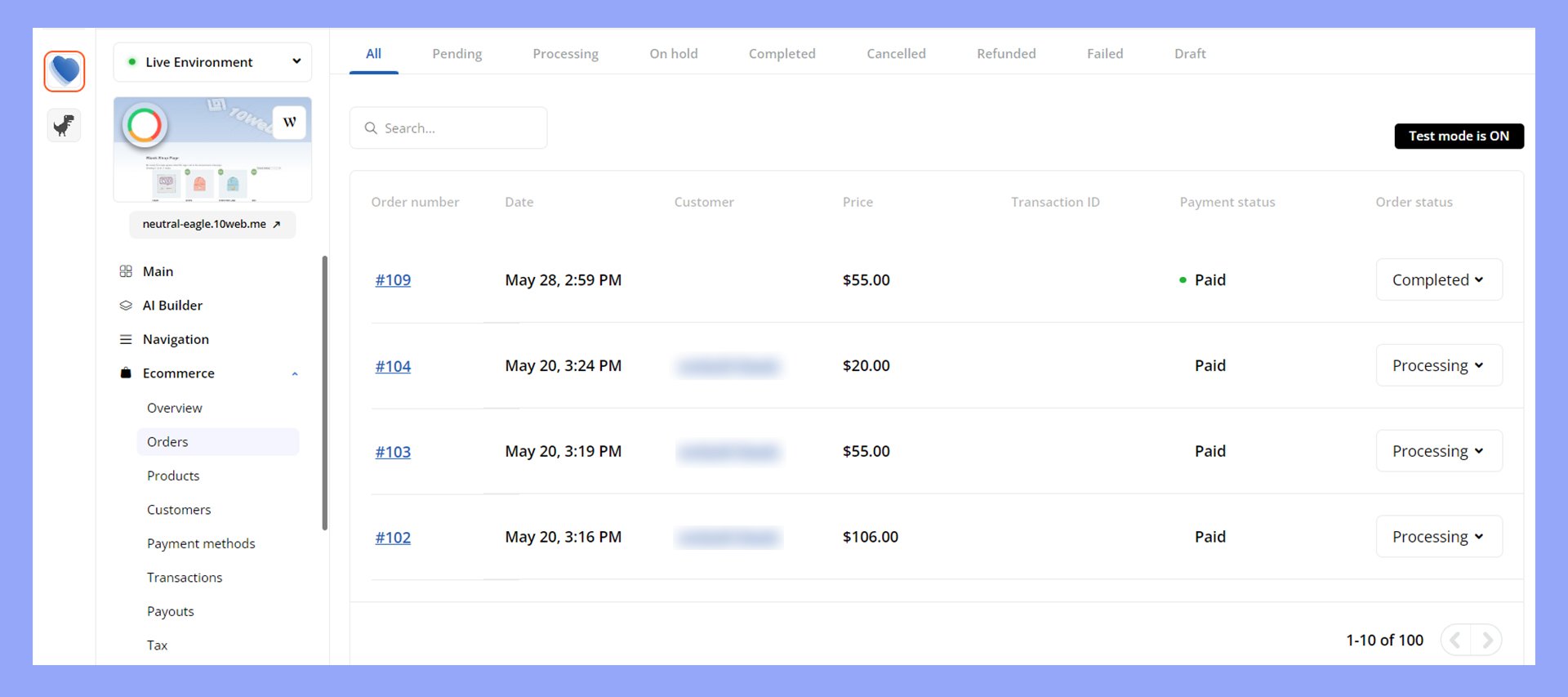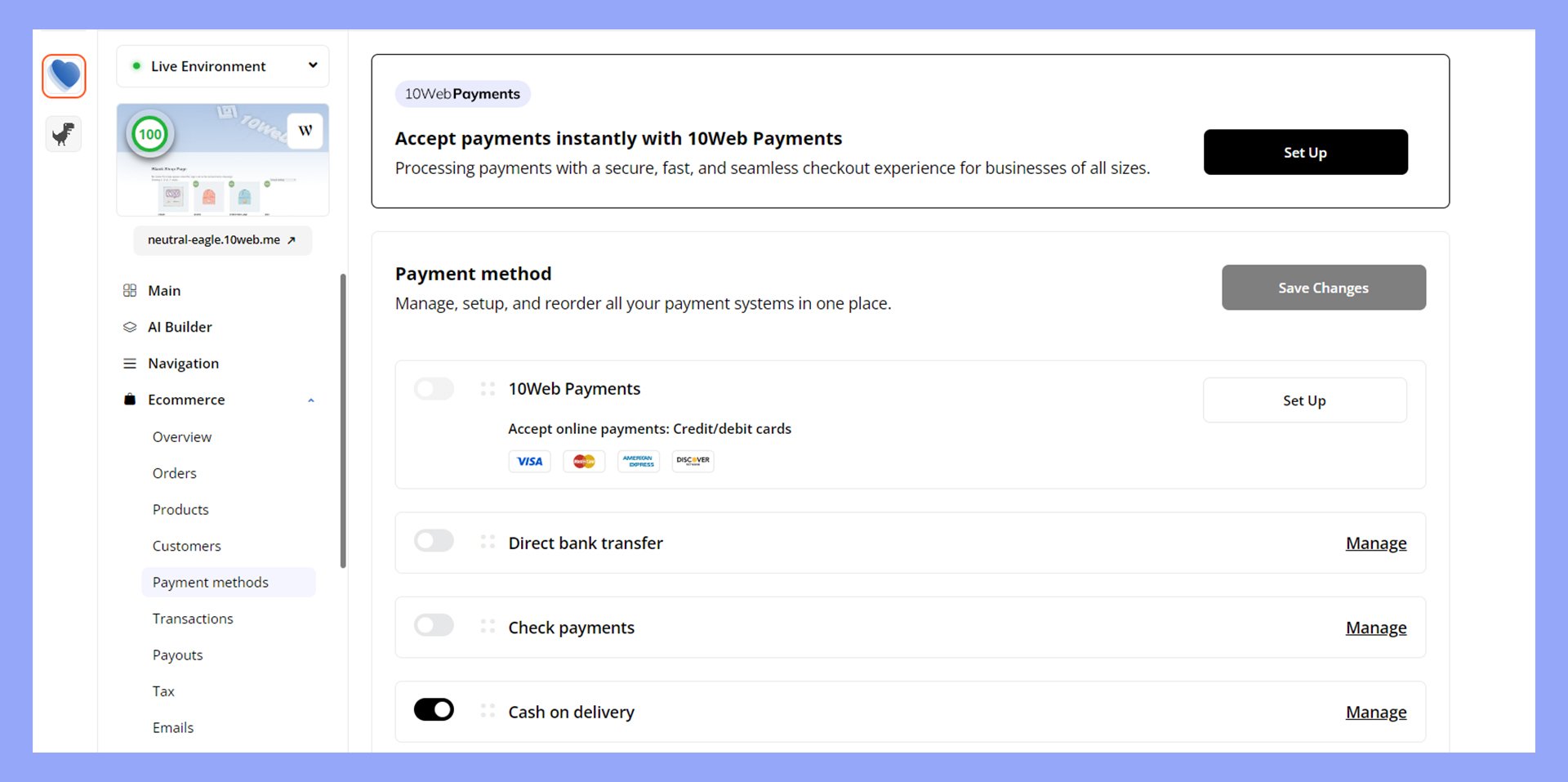The market to sell merch online has seen tremendous growth in recent years, driven by the increasing popularity of personalized and unique products. Selling merchandise online presents significant opportunities for entrepreneurs to tap into a lucrative and expanding market. This article will cover how to sell merchandise online effectively, including selecting the right platform, creating a compelling brand, and implementing successful marketing strategies.
Selling merchandise online offers exciting opportunities due to the diverse and growing demand for unique products, providing potential for substantial revenue generation and brand loyalty.
FAQ
How do people sell merch online?
People sell merch online through various platforms and strategies. They can set up their own ecommerce websites using platforms like WordPress with WooCommerce, which allows them to create a customizable online store. Alternatively, they can use marketplaces such as Etsy, Amazon, or eBay, which provide an established customer base and various tools for listing products. Social media platforms also offer selling features, enabling sellers to reach their audience directly. Using print-on-demand services like Printful or Teespring is another popular option, as it eliminates the need for inventory management.
Which website is best for selling merch?
The best website for selling merch depends on your specific needs and goals. WordPress with WooCommerce is excellent for those who want full control over their store’s design and functionality. Shopify is another top choice for its ease of use and extensive app ecosystem. For those looking for a built-in audience and ease of setup, marketplaces like Amazon, Etsy, and eBay are ideal. Each platform has its own strengths, so consider factors like customization, fees, audience, and ease of use when choosing the best site for your merch.
How do I sell my merchandise online?
To sell your merchandise online, start by selecting a platform such as WordPress with WooCommerce, Shopify, or a marketplace like Etsy. Next, create compelling online store or product listings, complete with high-quality images and detailed descriptions. Set up secure payment methods and consider your shipping options. Promote your merchandise through social media, email marketing, and SEO strategies to drive traffic to your store. Providing excellent customer service and managing inventory effectively are also key components to successful online selling.
How do I become a merch seller?
Becoming a merch seller involves several steps. First, identify your niche and target audience to determine what types of merchandise to sell. Next, design or source your products, considering print-on-demand services if you prefer not to manage inventory. Set up an online store using platforms like WordPress with WooCommerce or Shopify, or create listings on marketplaces like Etsy or Amazon. Promote your store through marketing efforts such as social media, email campaigns, and influencer partnerships. Continuously analyze your sales and customer feedback to refine your products and marketing strategies for growth.
What are the best types of merch to sell online?
The best types of merch to sell online typically include apparel like t-shirts, hoodies, and hats, as they are popular and have broad appeal. Other top-selling items include accessories such as phone cases, tote bags, and mugs. Additionally, niche products that cater to specific interests or fandoms can perform well. Using platforms like WordPress with WooCommerce allows you to easily customize and manage your product offerings to align with current trends and customer preferences.
How can I increase my merch sales?
To increase your merch sales, focus on effective marketing strategies and enhancing customer experience. Utilize social media platforms to promote your products and engage with your audience. Implement SEO tactics to improve your store’s visibility in search results. Offering promotions, discounts, and limited-time offers can also boost sales. Additionally, ensuring a smooth user experience on your website, optimizing for mobile users, and using WordPress with WooCommerce for seamless integration and management can significantly enhance your sales performance.

Looking to sell online?
Create your custom online store in minutes with 10Web AI Ecommerce Website Builder and take your business online.
The current state of selling merch online
The market to sell merch online is evolving rapidly. It’s driven by fresh trends, promising financial projections, and specialized segments. Understanding these factors is key to growing your business effectively.
Trends within the market
In 2026, comfy, casual clothing like hoodies, joggers, and sweatshirts are in high demand. Fans love merch that helps them feel connected to your brand. Custom designs, unique prints, and eco-friendly products are also catching on.
Using print-on-demand platforms has become popular. They lower startup costs and reduce waste. Social media and influencer marketing are also crucial for reaching more customers and boosting engagement.
Financial projections of the market
The market for online merch is set to grow tremendously. With more people shopping online, revenue streams are increasing. According to experts, global sales for merchandise are expected to double by 2025.
Profits are influenced by your marketing strategies and the quality of your designs. Effective use of tools like Canva and Placeit can further enhance visual appeal. This can attract more customers and increase sales. Focus on building a solid online store, leveraging multiple marketing channels, and prioritizing customer service.
Specialized segments of the market
Specialized segments are becoming more important. By targeting niche markets, you can cater directly to specific buyer personas. For example:
- Music fans: Offer items like band t-shirts, posters, and exclusive albums.
- Fitness enthusiasts: Provide gear like water bottles, sportswear, and yoga mats.
- Eco-conscious shoppers: Focus on sustainable products and packaging.
Each segment has distinct preferences, so studying your target audience is crucial. Customizing your products to meet their needs can significantly boost your sales and brand loyalty. Popular merchandise items, including apparel, accessories, and lifestyle products, should all merit consideration.
Benefits of different merchandise types:
- Apparel: Widely popular and offers high visibility. Custom apparel can include t-shirts, hoodies, and jackets.
- Accessories: Items like hats, bags, and phone cases are practical and offer frequent brand exposure.
- Lifestyle products: Products such as mugs, water bottles, and home decor items can appeal to a broad audience.

How to sell merch online
To sell merch online successfully, you must begin by researching the market, creating your brand, and establishing a vision for your products.
Brand creation
Creating a strong brand identity is essential. Start by defining your brand’s mission and values. This will guide the overall look and feel of your merchandise and online store. If you already have a following, think about what your fans love about you and try to incorporate those elements into your brand.
Choose a distinctive logo and color scheme. Tools like Canva can help you design a unique logo. Consider the overall style and image you want to project. Your branding should be consistent across all products, whether it’s shirts, hoodies, or phone cases.
When brainstorming merchandise ideas, keep your audience in mind. Validate these ideas by engaging with your followers on social media. Use polls or comments to see what they like. This ensures your products will resonate with your target market.
Vision for selling merch online
Having a clear vision for your merchandise is key to success. First, decide on the type of merch you want to sell. Common options include t-shirts, hoodies, accessories, and bags. You can also offer custom merchandise that reflects your personal brand.
Choose a reliable print-on-demand partner like Printful or Spreadshop. These services handle production, fulfillment, and shipping, allowing you to focus on design and marketing. Create mockups of your designs using tools like Placeit to give customers a preview of what they’re buying.
Set competitive prices by researching similar products. Make sure your prices reflect the quality of your merch. Providing high-quality product photos and a well-designed online store layout will enhance your shop’s appeal. Using platforms like Shopify can help you set up your store quickly and efficiently.
Ensure your designs are fully customizable and unique. Maintain quality control by ordering samples before launching your products. This way, you can check the print quality and make necessary adjustments.
Stay connected with your audience and continuously seek feedback. Regularly updating your product catalog with fresh designs keeps your fans engaged and coming back for more.
Writing a business plan to sell merch online
Starting an online merch business is exciting, but having a strong business plan is essential. It helps you stay focused and organize your ideas. Here are the steps to write a clear and effective business plan:
- Executive summary: This is a brief overview of your business, including your mission statement, products, and goals. Keep it short but precise.
- Business description: Explain what your merch business is about. Include the types of products you’ll sell and your target audience.
- Market analysis: Research your industry and competitors. Identify trends and understand the demand for your merchandise. This helps in setting realistic goals.
- Organization and management: Outline your business’s structure. Describe the roles and responsibilities of your team members. If you’re starting solo, detail how you’ll handle everything.
- Products line: List the merchandise you plan to sell. Provide a brief description of each product and why it appeals to your audience.
- Marketing strategy: Detail how you’ll promote your merchandise. Include online marketing tactics like social media, email marketing, and SEO.
- Sales strategy: Explain your sales goals and how you plan to achieve them. Discuss your pricing strategy and the platforms you’ll use for selling.
- Financial plan: Provide a financial forecast for your business. Include projected costs, revenue, and profits. Be realistic and thorough.
- Funding request: If you need funding, clearly state how much you require. Explain how you’ll use the funds and how it will help grow your business.
- Appendix: Attach any additional information that supports your business plan, like product images, detailed financial plans, or resumes of key team members.

Looking to sell online?
Create your custom online store in minutes with 10Web AI Ecommerce Website Builder and take your business online.
Market research to sell merch online
Market research is crucial to sell merch online successfully. It helps you understand your audience and choose the right products. Start by identifying your audience and familiarizing yourself with the community.
Ask the right questions
Use social media insights, surveys, or polls to gather information about their interests and demographics. Ask about their preferences regarding product types, designs, and price points. This data will help you create merch to sell online that resonates with your target market. This not only helps in product selection but also builds anticipation and engagement.
Study the competition
Analyze competitors to understand what merch is selling in your market. Analyze their product offerings, design styles, pricing, and marketing strategies. Identify any gaps in the market that you can fill with unique and innovative products.
Visit their online stores, read customer reviews, and identify gaps or unique selling points they might be missing.
Testing your merch’s online appeal
Study market trends and stay updated with industry news to know what’s in demand. Websites, forums, and industry reports can be valuable resources for those looking to sell merch online.
Before a full launch, consider doing a small-scale test with limited quantities to see how your audience responds. This can help you make necessary adjustments.
Designing your merch
Creating eye-catching designs is key to sell merch online successfully. Here are some steps to help you design your merch:
- Keep it simple: Designs should be clean and not overly complicated.
- Brand consistency: Ensure your designs align with your brand’s identity and values.
- Trend awareness: Stay updated on current design trends to keep your merchandise relevant.
Tools and Resources for Designing
- Shopify: Offers tools for creating and selling custom merchandise.
- Spreadshop: Provides a platform for designing and selling products.
- Printify: Connects with multiple print providers to fulfill orders.
- Gelato: Offers global print-on-demand services.
- Bonfire: Specializes in custom apparel campaigns.
Best practices to sell merch online
When designing your merchandise, there are a few best practices to consider.
- High-quality Images: Use high-resolution images to ensure your designs look professional.
- Mockups: Create product mockups to visualize how your designs will appear on different merchandise.
- Feedback: Seek feedback on your designs before finalizing them.
In addition, creating mood boards helps visualize and maintain your brand’s aesthetic. Collect images, colors, and design elements that reflect your brand’s style and use them as a reference when creating new designs.
Best platforms for selling merch online
Finding the right place to sell merch online is crucial for maximizing your profits and reaching your audience. Different platforms offer various benefits, so selecting the best one for your needs is important.
Choose a sales platform
To start, Shopify is a top choice for many who want to sell merch online. It’s user-friendly and offers multiple pricing plans to fit your budget. Shopify is perfect for a variety of products.
Etsy is another popular option. Known for its large audience, Etsy is great for selling custom products like t-shirts. It’s a highly visited site that can boost your sales.
Sellfy offers a smooth setup and a user-friendly interface. You can sell digital and physical products with ease. Sellfy also includes print-on-demand products.
Printify integrates with multiple ecommerce platforms and print providers.
Gelato offers global reach with local production.
Bonfire focuses on apparel with fundraising capabilities.
Each of these platforms for selling merch online varies in how much control you have over your products and listings. Additionally, each platform requires some form of transaction fee. To avoid this, you might consider starting your own ecommerce website to sell merch online. WooCommerce is a popular option for creating an online shop.
Whether you choose WordPress with WooCommerce or a platform like Shopify, it’s crucial to have a well-designed, user-friendly store.
There are important elements of any online store. When combined, these key features can enhance the shopping experience and boost conversion rates.
- High-quality product images draw attention and speak for themselves.
- Compelling descriptions are keyword-rich and satisfy customers’ need for details to make an informed purchase.
- Seamless navigation helps customers and search engines find your products.
- Speedy performance provides a positive user experience that can affect search visibility.
Creating an ecommerce website with 10Web
Setting up an ecommerce website can seem intimidating but using 10Web makes it simple and quick. With its AI-powered Website Builder, you can create a professional online store tailored to your unique needs.
Step-by-step instructions to create a merch shop
- Get started by visiting the AI Ecommerce Website Builder and selecting Generate Your Website.

- The AI Ecommerce Website Builder allows you to create a WordPress site based on any other website or generate a customized ecommerce site from scratch. Select the option to Create a new website with AI.

- While you can choose to create an informational site, select the option to create a website with an online store to sell merch online.

- Use the dropdown menu to find a business type that matches your store.

- Now it’s time to tell the AI Website Builder about your merch business. Start by entering a descriptive phrase about your business.

For the best results, be as detailed as possible. Include specific details about the merch you sell to get a head start on creating products and product categories. - Review and fine-tune the auto-suggested products and categories. You can always change this later.
Once the AI Website Builder has finished generating the new website, you can edit and customize the pages with the Elementor-based 10Web Builder.
Customizing and editing with the 10Web Builder
You can easily update content, change the layout, or drop in additional features with the 10Web Builder. This drag-and-drop interface offers premium ecommerce widgets to help set up shop.
- Go to AI Builder in the 10Web dashboard.
- From here, you can open an existing page in the editor or select Add New Page.

- By opening a page in the 10Web Builder, you have the option to edit any aspect of the page contents.

Or, choose from an assortment of pro WooCommerce widgets to display ecommerce elements.

- AI tools assist with updating text and media content.

Managing your store
You can manage your merch shop from the 10Web dashboard. Here, you’ll find everything you need to manage products, customers, orders, shipping, payments, and more.
Adding and managing products
- To add a product, go to Ecommerce > Products in the 10Web dashboard.
- From here, you can manage existing products or select Add New Product.

- Enter the product’s name and description. Set a price and add other relevant information.
- Upload high-quality product images to show off your merch.
- Click Publish to make the product available in your store.
Managing customers and orders
You can access customers and orders in a couple of different ways.
- Access customers at Ecommerce > Customers.
- Here, you can check order details for each customer and view the purchase history.

- Access order details at Ecommerce > Orders.
- Here, you can process orders, update order statuses, and keep track of shipments.

Setting up payments
- Navigate to Ecommerce > Payment
- Enable 10Web Payments and select Set Up.

- Follow the prompts to finish setting up and configure the payment gateway.
- Test your payment methods to ensure everything is working.

Looking to sell online?
Create your custom online store in minutes with 10Web AI Ecommerce Website Builder and take your business online.
Marketing and customer engagement
Connecting with your audience and keeping them engaged is crucial to sell merch online with the best results. Employ diverse methods to ensure you reach and maintain a strong relationship with your customers.
Connect with your audience effectively
Various approaches cater to connecting with your audience when you sell merch online. Interact with customers across different marketing channels, including emails, social media, and online communities. Use social media influencers and paid ads on platforms like Facebook and Instagram. Polls and surveys help tailor products based on customer feedback. Mix these methods to create awareness and drive sales.
Content marketing
Creating valuable content can significantly boost your engagement. Write blog posts about your products and related topics. Use SEO tactics to include relevant keywords that potential customers might search for. Share user-generated content to build trust and promote your merch. Good content can drive traffic to your store and convert visitors into paying customers. Build a reputation for high-quality products and customer service to sell merch online and increase your conversions.
Optimize product listings for search engines
Optimize your product listings with relevant keywords to improve search engine rankings. Use clear and descriptive titles, bullet points, and detailed descriptions to help customers find your products.
Social media
Using social media platforms like Instagram, TikTok, and Facebook can help promote your products effectively and sell merch online. Share posts, stories, and reels to keep your followers interested. Collaborate with influencers to reach a broader audience for better engagement. Be responsive to comments and messages to improve your customer service.
Invest in paid advertising to increase your reach. Platforms like Facebook, Instagram, and Google offer targeted advertising options that can help you reach your ideal customers.
Interactive content and blog posts
Keeping your audience engaged through interactive content like polls, quizzes, and blog posts can make your brand more relatable. Ask for feedback and suggestions on new products. This not only keeps your audience engaged but also gives insights into what customers want. Post regularly on your blog about trends and updates to keep your audience informed.
Order fulfillment and customer service
Handling logistics and ensuring efficient order fulfillment is crucial to sell merch online smoothly. This involves a few key steps:
- Choose a fulfillment method:
Smaller businesses often use print-on-demand platforms. These services print and ship products as soon as an order is placed.
- Printify: Offers integration with multiple print providers to streamline fulfillment.
- Gelato: Utilizes local production facilities for faster delivery times.
- Bonfire: Manages production and shipping for apparel campaigns.
Bulk ordering and self-fulfillment might be better for larger quantities.
Ensure your online store links smoothly with your fulfillment service. You can typically do this through simple integrations in your store’s settings.
Use inventory tracking tools to keep an eye on stock levels and avoid running out of popular items.
- Quality control:
Verify that the products meet your quality standards before shipping them out.
- Package carefully:
Protect your merchandise with appropriate packaging to prevent damage during shipping.
Next is customer service. This involves not just managing queries but also handling returns and complaints effectively.
Tips for providing excellent customer service and managing returns:
- Prompt responses:
Address customer questions quickly and clearly. Maintain open communication with customers through multiple support channels, such as email, phone, and live chat.
- Clear policies:
Have detailed return and refund policies in place. Make them available on your website for customers to read before they make a purchase. M
- Personalized touch:
When possible, personalize your responses to make your customers feel valued.
- Set expectations:
Keep customers updated on their order status and provide tracking information.
Using reliable shipping partners ensures that your merch sold online arrives on time and keeps customers happy. Always choose carriers known for their reliability and track shipments to keep customers informed about the status of their orders.
Handling returns and refunds with clear policies
Simplify the return process for your customers by providing clear instructions on how to return unwanted items. Make the process easy for customers to follow, and handle returns promptly to maintain customer satisfaction.
Conclusion
Making informed decisions in several key areas can assist in the effort to sell merch online: choosing the right platform, creating a strong brand identity, designing appealing products, implementing effective marketing strategies, and ensuring excellent customer service. By following these steps, you can establish a successful online merch business that resonates with your target audience.
Starting and scaling your merch business may seem intimidating, but remember that every successful entrepreneur begins with a single idea and a willingness to take risks. Stay motivated, be persistent, and continually seek to improve your products and marketing strategies. With dedication and creativity, your online merch business has the potential to thrive and achieve remarkable success. Embrace the journey, learn from each experience, and keep your passion at the forefront of your efforts.


